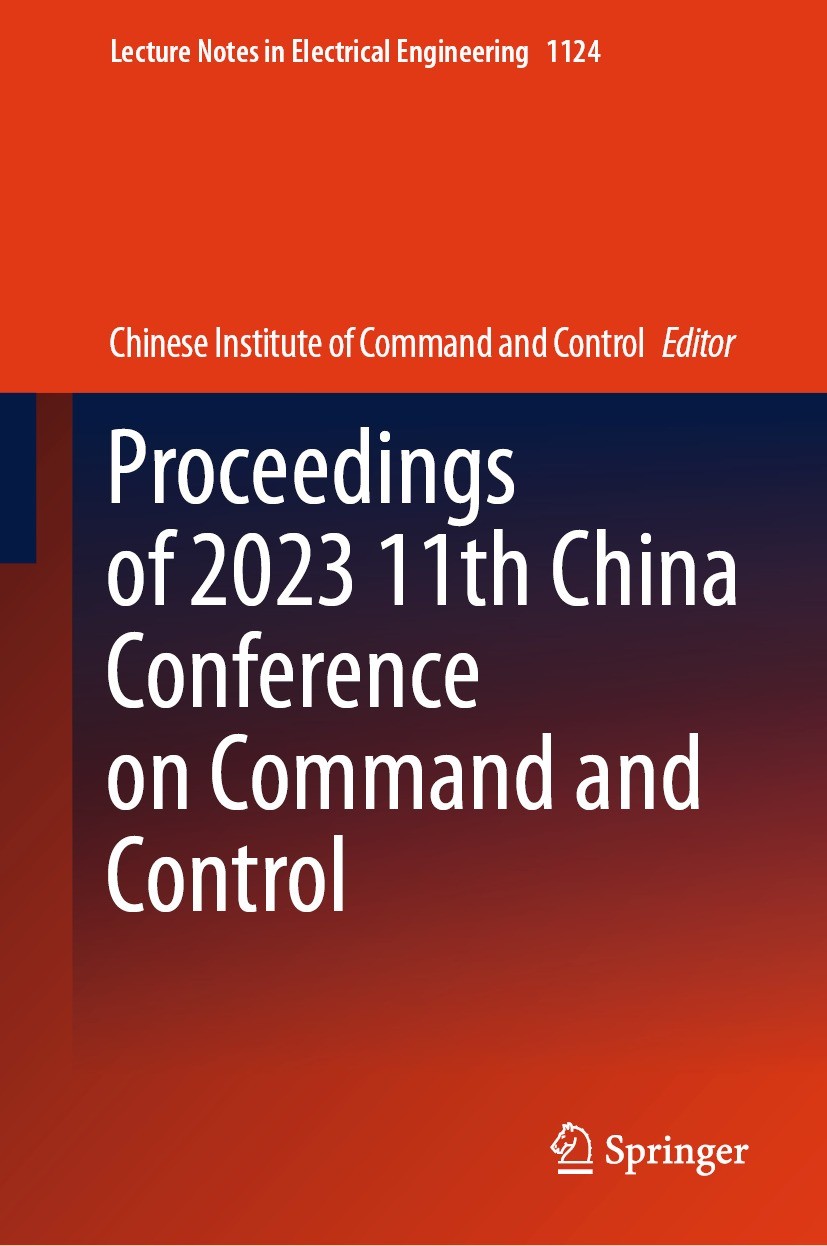| 书目名称 | Proceedings of 2023 11th China Conference on Command and Control | | 编辑 | Chinese Institute of Command and Control | | 视频video | http://file.papertrans.cn/758/757447/757447.mp4 | | 概述 | Gathers the outcomes of C2 2023, held in Beijing, China.Enriches understanding by including contributions from leading experts.Serves as a reference for researchers and practitioners in academia and i | | 丛书名称 | Lecture Notes in Electrical Engineering | | 图书封面 |  | | 描述 | .This book presents a selection of peer-reviewed research papers that were originally presented at the 11th China Conference on Command and Control (C2 2023), held in Beijing, China, on October 24–25, 2023. The book covers a wide range of topics related to intelligent command and control, including Theories, Modeling and Simulation, System Engineering Technology, 5G and Intelligent Command, Control and Management Integration Technology, Joint Cooperative Command and Control Organization Management, Agility in the Network Age, Cyberspace Situational Awareness Technology, CPS Parallel Management and Control, Unmanned Systems, Intelligent Military Camp Technology, Architecture Design for Intelligent Air Traffic Control Systems, Human–Machine Interaction and Virtual Reality, Swarm Intelligence and Cooperative Control, and Intelligent Gaming Theory and Technology... .The research presented in this book offers the latest insights into theories, algorithms, and applicationsin command and control. As such, it is an essential resource for researchers, engineers, and university students interested in this field. By bringing together cutting-edge research from leading scholars in the field, t | | 出版日期 | Conference proceedings 2024 | | 关键词 | Command and Control; Intelligent Command and Control; C4ISR Theory and Technology; Cyberspace Security; | | 版次 | 1 | | doi | https://doi.org/10.1007/978-981-99-9021-4 | | isbn_softcover | 978-981-99-9023-8 | | isbn_ebook | 978-981-99-9021-4Series ISSN 1876-1100 Series E-ISSN 1876-1119 | | issn_series | 1876-1100 | | copyright | Chinese Institute of Command and Control 2024 |
The information of publication is updating

|
|
 |Archiver|手机版|小黑屋|
派博传思国际
( 京公网安备110108008328)
GMT+8, 2025-11-23 21:06
|Archiver|手机版|小黑屋|
派博传思国际
( 京公网安备110108008328)
GMT+8, 2025-11-23 21:06


